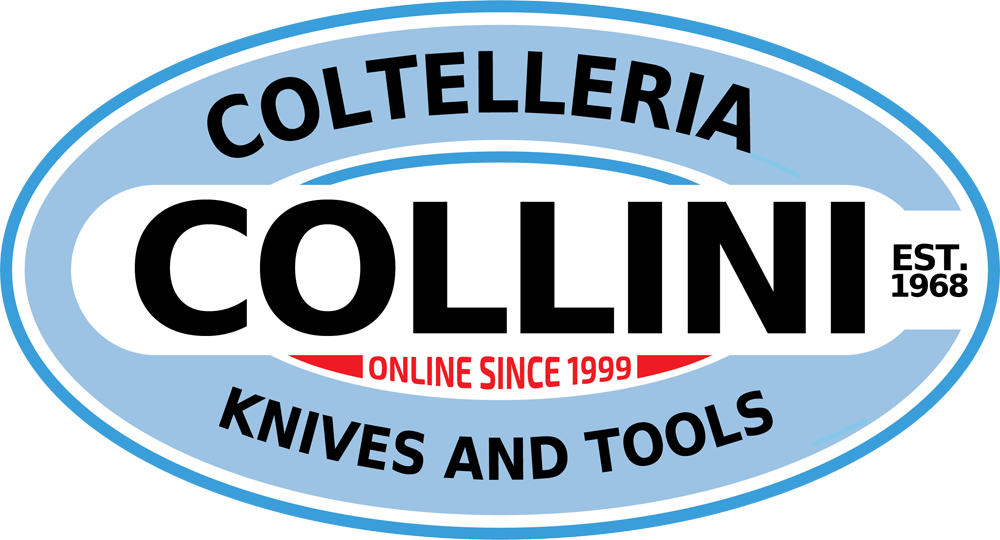Fruits and Vegetables
-
Kyocera - Utility Knife 11cm - KyoTop Ceramic Made in Japan - KT-110-HIPD - kitchen knife
Winner of the prestigious and international Good Design Award 2001 for the originality and functionality of its design.
- 11 cm black Ishi-Ba Sandgarden HIP ceramic blade. worked with motifs that recall those of Japanese karesansui and subjected to High Isostatic Pressing (HIP). Suitable for cutting fruit, vegetables, small meats
- Wooden handle
Quality made in Japan since 1984With Kyocera ceramic knives, cooking becomes pure pleasure. Their special features:
- ultra-sharp zirconia ceramic blade, hand ground
- extremely robust and corrosion resistant blade
- high-tech material with excellent resistance to wear
- absolute cutting precision thanks to the smooth and compact surface of the blade
- maximum lightness and extreme practicality thanks to the ergonomic handleThe Ten Secrets of Ishi-Ba:
* does not carry tastes and smells
* is made of inert material
* does not cause chemical reactions with food
* avoids unpleasant flavors of metal
* does not rust
* does not deteriorate
* has no oxidizable parts
* it is easy to wash, just rinse it
* it is very light and easy to handle
* stays perfectly sharp, even for yearsThe origin of the management of the Kyocera Group is the Kyocera philosophy, a life philosophy based on the real life experiences and rules of thumb of Kazuo Inamori, founder and president emeritus of Kyocera Corporation. With the question "What is the right thing to do as a human being?" as a primary criterion, Kyocera's philosophy describes the significance of striving for proper management and acting in accordance with human ethical and moral values and fundamental social norms.
BEFORE USING THE KNIFE, READ THESE INSTRUCTIONS CAREFULLY AND KEEP THEM
This knife will work for several years without any problems if:
• Removes it from the knife holder or drawer
• Uses it for straight cuts to be made on a cutting board
• Washes and dries it
• Puts it back into the knife holder or drawer after useUSE
Ideal for cutting boneless fruit, vegetables and meats
The term vegetables and fruit is generic: not all types of fruit or vegetables that are not recommended can be listed, but it is strictly not recommended to use them on dutra fruit and vegetables (pumpkin, coconuts, etc.)
Always use a plastic or wooden cutting board; avoid cutting on marble, stone, plates or tiles To chop, separate and de-bone, as well as to cut hard, frozen foods, bread with crust and cheeses, you always use your traditional steel knives. These types of cuts require bending and twisting and, for this reason, it is better to use a more flexible material than ceramic.
For its protection, the tip and base of the blade are not sharpCLEANING
Hand wash with water and dish soap.
Kyocera ceramic knives with plastic handles are dishwasher safe. They should be placed in the compartment dedicated to ladles and small accessories in the upper basket, avoiding contact with other metal utensils. Kyocera ceramic knives with wooden handles are not dishwasher safe.
If discoloration occurs that does not go away with normal cleaning, wash the blade (not the handle) with a mild bleach solution.TO AVOID
Do not drop on hard surfaces.
Do not use the tip as a pivot point, the sharp end could penetrate the cutting board, get stuck and break Do not expose the blade to direct flame (ceramic is a heat conductor). Do not use the side of the blade to crush garlic or other foods.STORAGE
You place it in a knife holder, sheath or drawer. When placing or removing the knife from the holder, be careful not to damage the tip of the blade.USURY
Over time, all knives lose their sharpness. A soft metal (stainless steel) blade "slips" when it loses its sharpness. Harder metals (such as carbon steel) stay sharp longer, but lose sharpness differently. Harder materials, instead of "slipping", tend to chip slightly.
In the beginning, the ceramic is sharper - and stays sharp for longer. Over time, small incisions may occur on the lo of the blade. This is the normal process whereby all hard material blades lose their sharpness.
Despite their appearance, the existence of small incisions does not necessarily mean that the knife is not sharp. You may find that it works flawlessly over an extended period of time.
When the performance of the knife is no longer the desired one, the Kyocera sharpening process will ensure that your knife returns to having a well-sharpened blade.KT-110-HIPD



